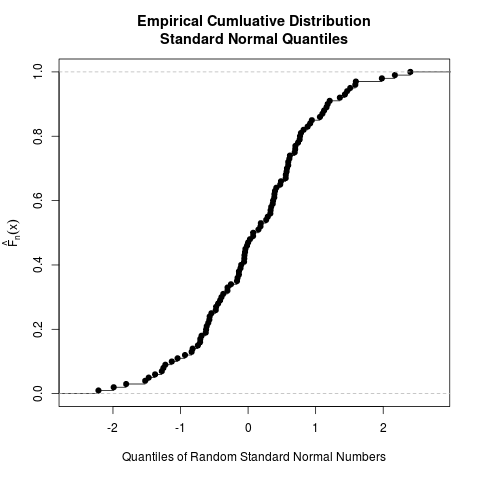Mathematical Statistics Lesson of the Day – Complete Statistics
November 27, 2014 1 Comment
The set-up for today’s post mirrors my earlier Statistics Lesson of the Day on sufficient statistics.
Suppose that you collected data
in order to estimate a parameter . Let
be the probability density function (PDF)* for
.
Let
be a statistic based on .
If
implies that
then is said to be complete. To deconstruct this esoteric mathematical statement,
- let
be a measurable function
- if you want to use
to form an unbiased estimator of the zero function,
- and if the only such function is almost surely equal to the zero function,
- then
is a complete statistic.
I will discuss the intuition behind this bizarre definition in a later Statistics Lesson of the Day.
*This above definition holds for discrete and continuous random variables.

Recent Comments